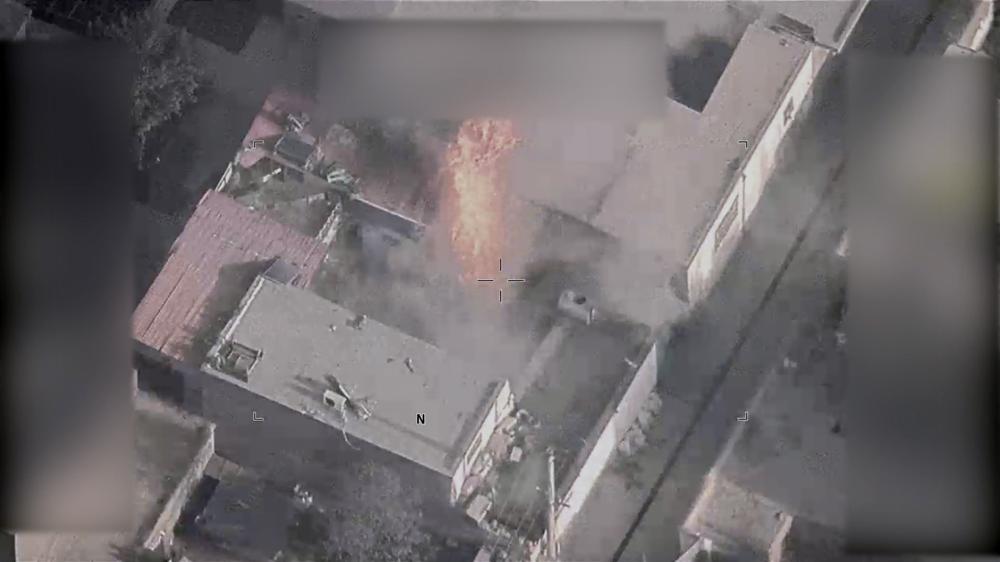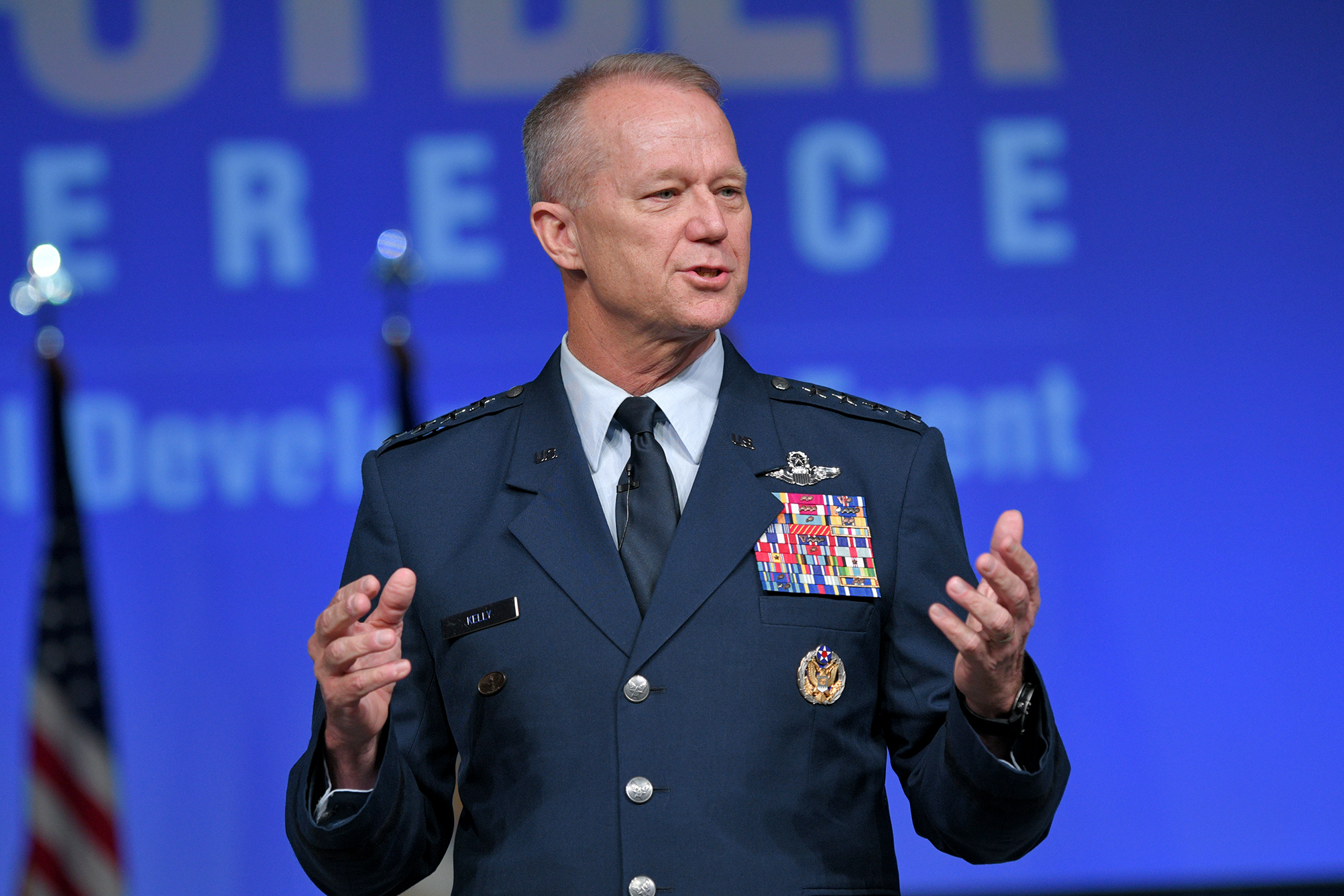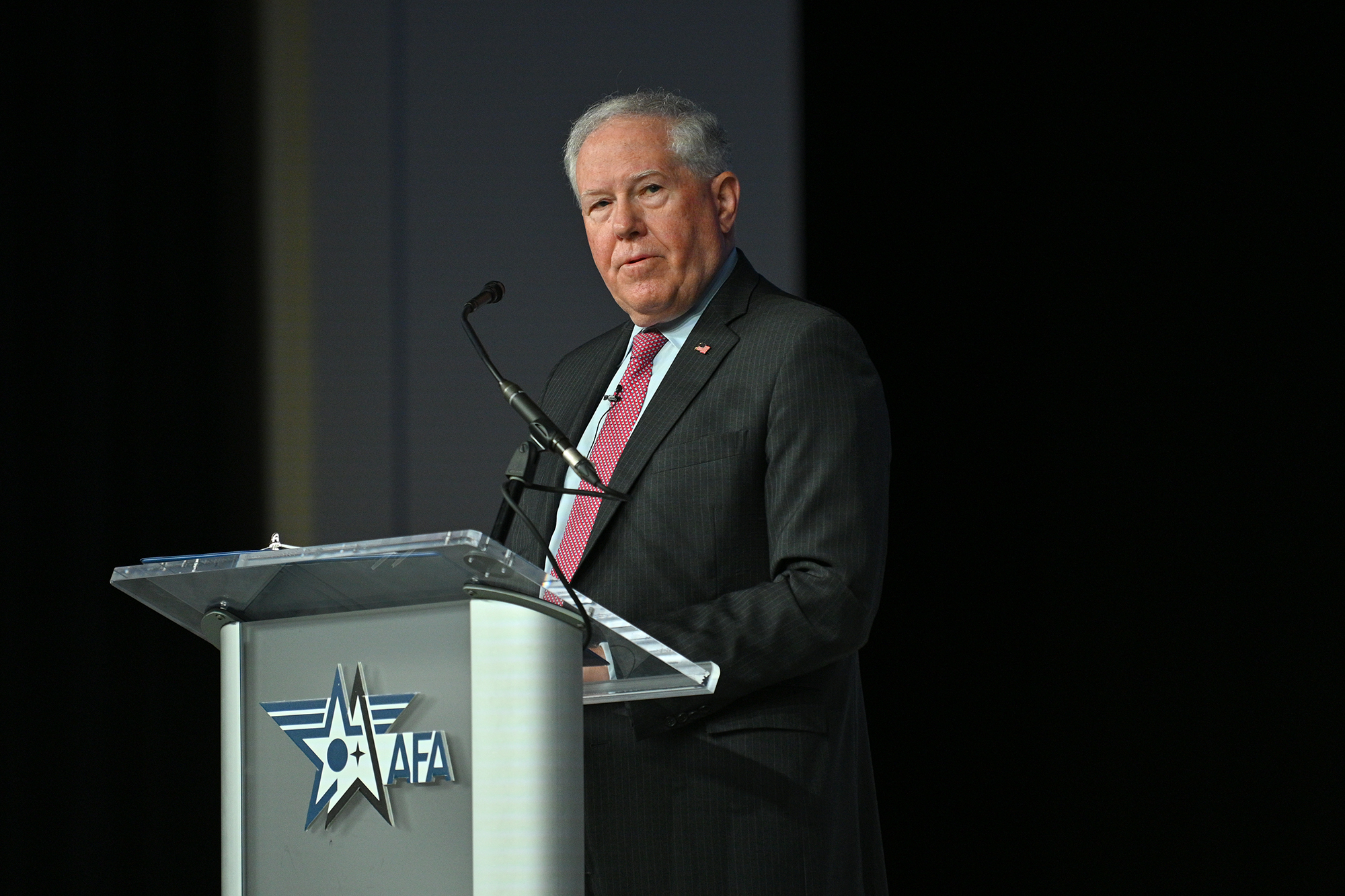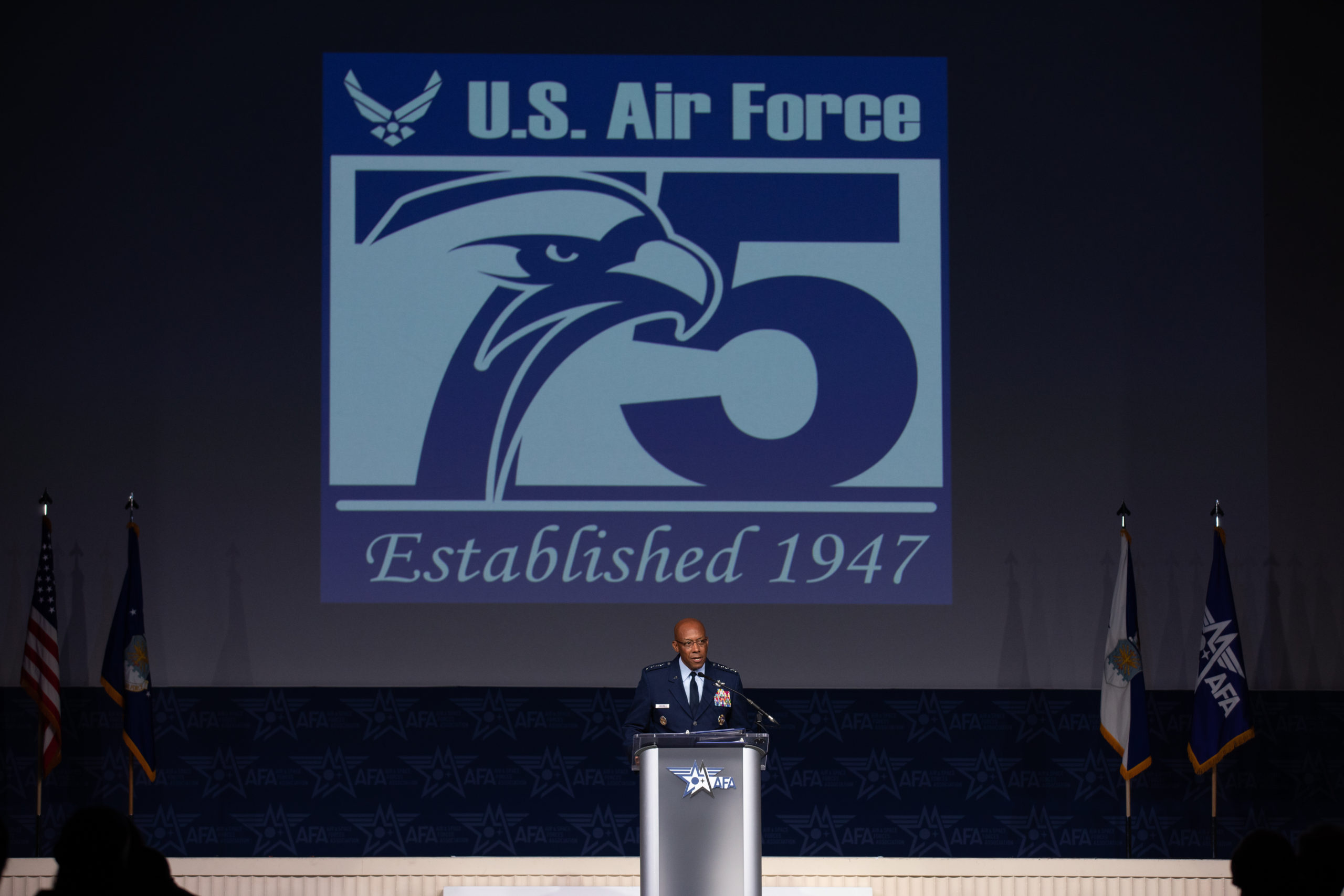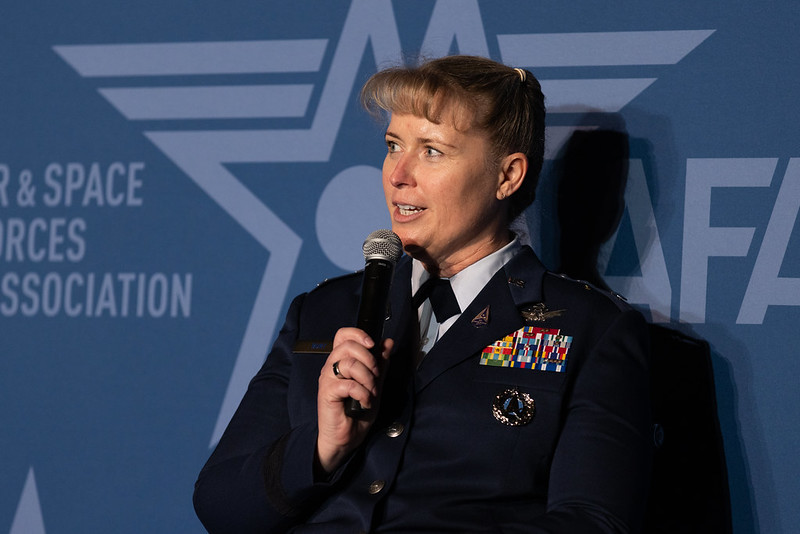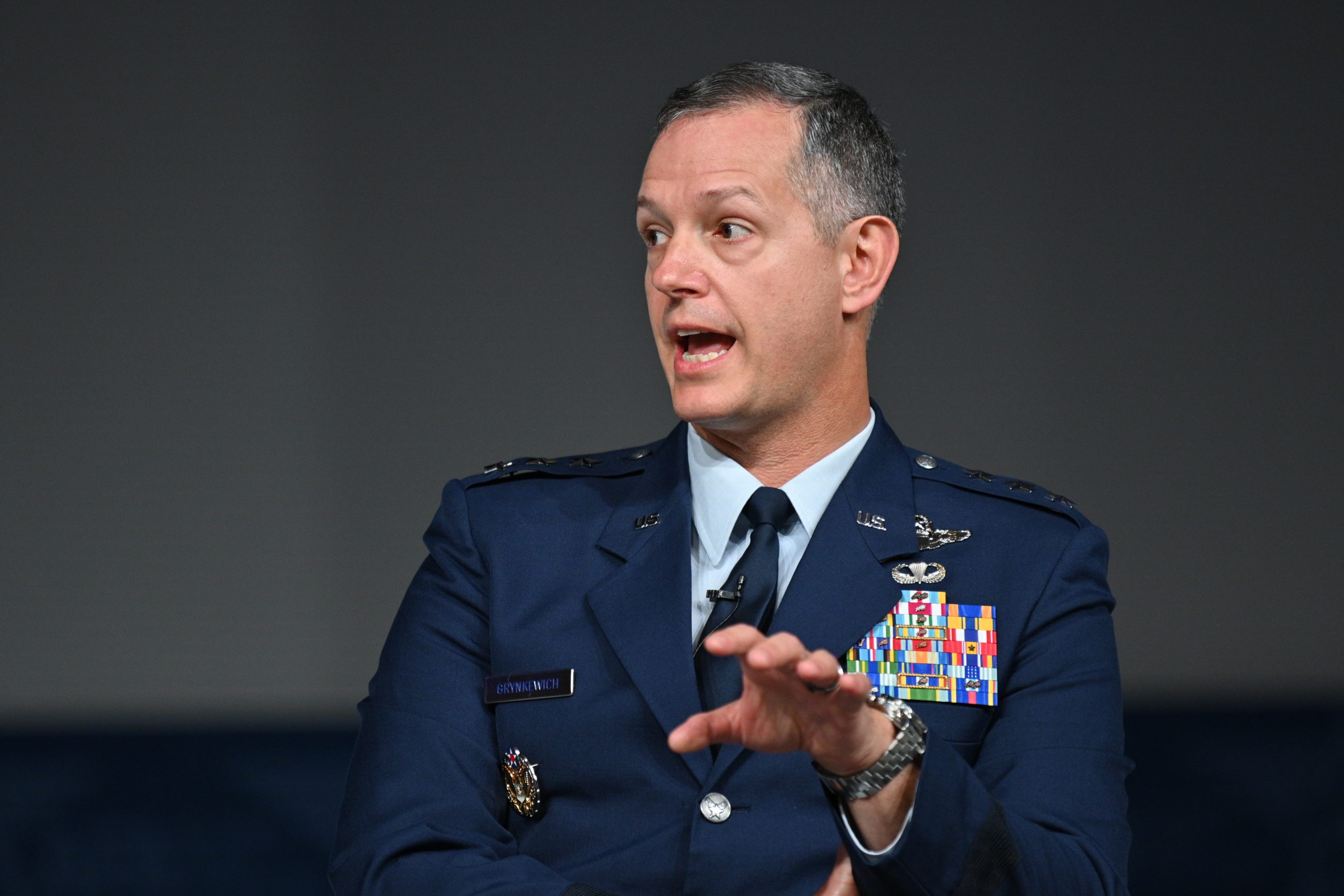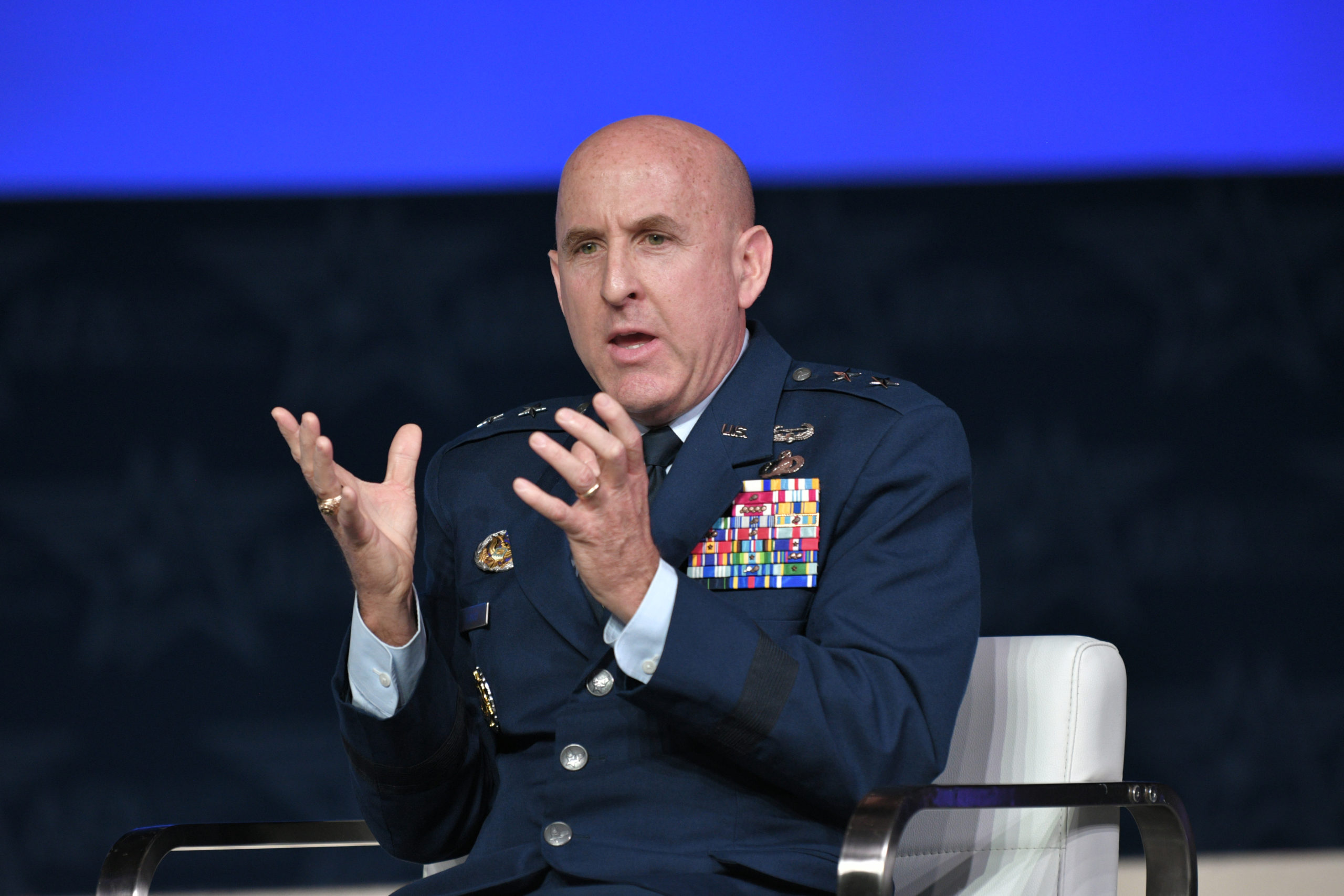The Defense Department released its annual report on civilian casualties in 2021 on Sept. 27, the first such report since the department came under increased pressure to better mitigate the harm of U.S. operations and assess their aftermath.
The report details 12 total deaths from U.S. forces in “a declared theater of active armed conflict,” which the report defines as Afghanistan, Iraq, Somalia, and Syria. All of the deaths occurred in Afghanistan in support of Operation Freedom’s Sentinel. “DOD does not assess other U.S. military operations in 2021 resulted in civilian casualties,” the report says, and only actions “attributed to the use of U.S.-operated weapons” are listed.
Included are the 10 deaths on Aug. 29 from the case of mistaken identity that killed a family during America’s rushed withdrawal from Kabul. In addition, approximately five civilians were injured by American forces in 2021, two in Afghanistan and three in a Jan. 1 airstrike in Qunyo Barrow, Somalia. Three cases of potential civilian casualty incidents in 2021 in support of Operation Inherent Resolve in Iraq and Syria “continue to be under assessment,” according to the report, which Congress has mandated since 2018.
The report details 10 deaths and 18 injuries from American strikes that occurred in Syria from 2018 to 2020 that previous annual reports did not account for. Information on one strike was the product of an independent review ordered by Secretary of Defense Lloyd J. Austin III. That strike killed four civilians and injured 15 others in Baghuz, Syria, on March 18, 2019, according to the Pentagon. All incidents of civilian casualties detailed in the report came from airstrikes.
America’s use of airstrikes, especially in the counter-ISIS campaign in Iraq and Syria, have come under scrutiny. Reports have suggested that the U.S. should do more to limit civilian casualties in some cases and that the Pentagon had a faulty system for investigating such cases. According to Combined Joint Task Force-Operation Inherent Resolve, more than 1,400 civilians have been inadvertently killed by the U.S.-led coalition in Iraq and Syria. Some nongovernmental organizations have said the number is far higher.
Austin issued a directive Jan. 27 to review DOD practices to mitigate harm to civilians, including damage to infrastructure and resources.
On Aug. 25, the department released a Civilian Harm Mitigation and Response Action Plan (CHMR-AP), which implements changes to how DOD judges the risk to civilians and how it assesses the aftermath of strikes.
“DoD’s efforts to mitigate and respond to civilian harm are a direct reflection of U.S. values; doing so is a strategic and moral imperative,” the report says.
